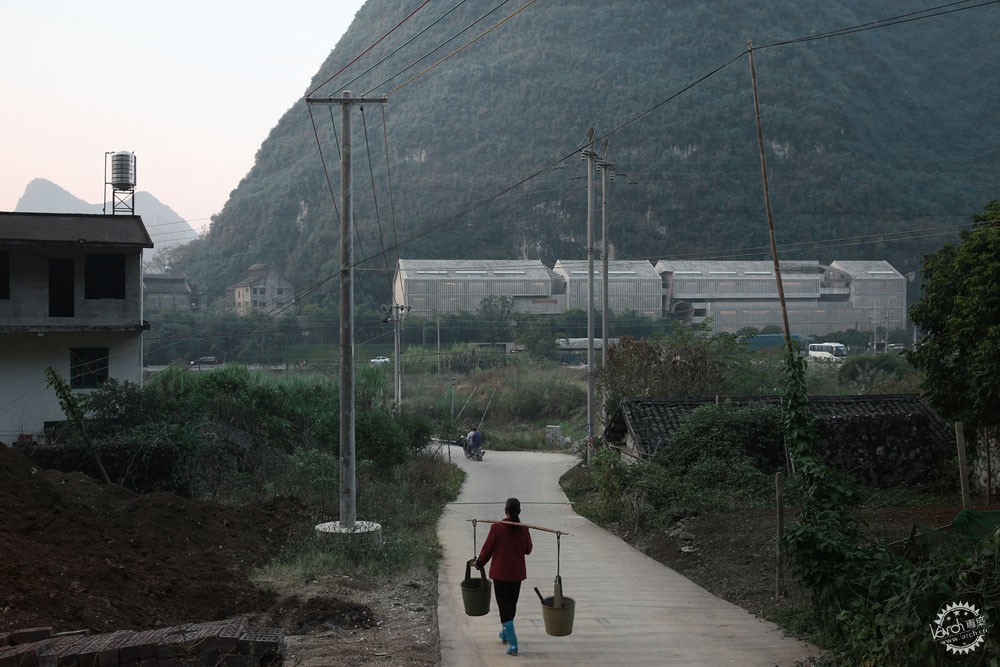
阿丽拉阳朔糖舍酒店|Alila Yangshuo, Guangxi / Vector Architects. Image © Vector Architects, Su Shengliang
"I Believe in Questions that are Eternal": Dong Gong of Vector Architects
由专筑网李韧,吴静雅编译
当前而言,建筑师们渐渐地不再追求标志性作品,而是将更多的注意力放到建筑环境的塑造之中,例如从理想化的形式驱动项目,到更加实用的项目策略。在中国,这些趋势更加明显,许多中国建筑师们能够快速地构思出评论家们所青睐的项目,它们规模较为适中,表达方式也简单直接,并且依赖于传统的建造技术与材料。但是这样的做法也有些缺乏多样性与挑战性。需要有其他不那么中规中矩的策略。
当直向建筑事务所的建筑师董功告诉我,建筑对他而言就是一场战争,我立刻喜欢上了这种说法。因为几乎没有其他的替代工作,建筑师需要进行无数次的尝试,也许还需要依赖于灵感。董功在清华大学获得建筑学学士与硕士学位,他的父母都是工程学教授。在美国伊利诺伊大学他同样也获得了建筑学硕士学位。在2008年成立自己的建筑事务所之前,他曾经任职于芝加哥Solomon Cordwell Buenz & Associates事务所,以及纽约的理查德·迈耶和史蒂芬·霍尔的建筑事务所。接下来的采访在北京直向建筑事务所的办公室中进行,办公室里有着许多的手工模型和成堆的手绘草图,董功以非常具体和坦率的语言谈到他的设计过程以及方向。这位建筑师说:“实现高层次建筑的唯一方法便是将其个性化与情感化,唯一能够与社会和宇宙交流的方式,就是诚实地对待自己。”
It is now expected of architects to turn away from designing iconic buildings/objects and focus instead on creating engaging built environments; from imagining idealistic, form-driven projects driven by the artistic pursuit to focusing on downright pragmatic solutions. China, of course, holds a large mirror to these tendencies, as so many Chinese architects quickly produced exactly the kind of projects that critics favor – modest in scale, straightforward in their expressions, reliant on indigenous construction techniques, and with inventive use of traditional materials. The results, however appealing, seem to lack both variety and risk-taking. There must be another way, not so formulaic.
I liked it right away when Dong Gong of Vector Architects told me that architecture is a struggle for him. There is no substitute for working things out, trying numerous options, relying on his very own gut feeling. Dong Gong received his Bachelor and Master of Architecture degrees at Tsinghua University in Beijing where his parents are engineering professors. He then acquired another Master of Architecture at the University of Illinois. Prior to establishing his practice in 2008, he worked for Solomon Cordwell Buenz & Associates in Chicago and at offices of Richard Meier and Steven Holl in New York. In the following interview at Vector Architects’ Beijing office, surrounded by numerous study models and piles of hand sketches, Dong Gong talked about his roots, design process, and intentions in unusually concrete and frank terms. The architect said, “The only way to achieve high-level architecture is by taking it very personally and emotionally. The only way to be able to communicate with the society and the universe is to be true to yourself.”
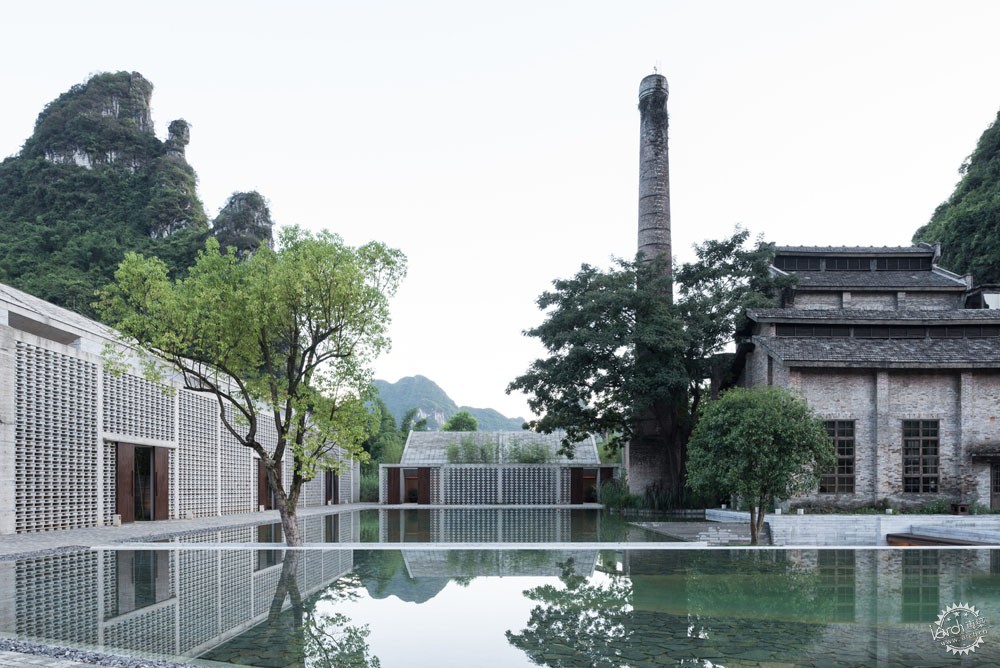
阿丽拉阳朔糖舍酒店|Alila Yangshuo, Guangxi / Vector Architects. Image © Vector Architects, Chen Hao
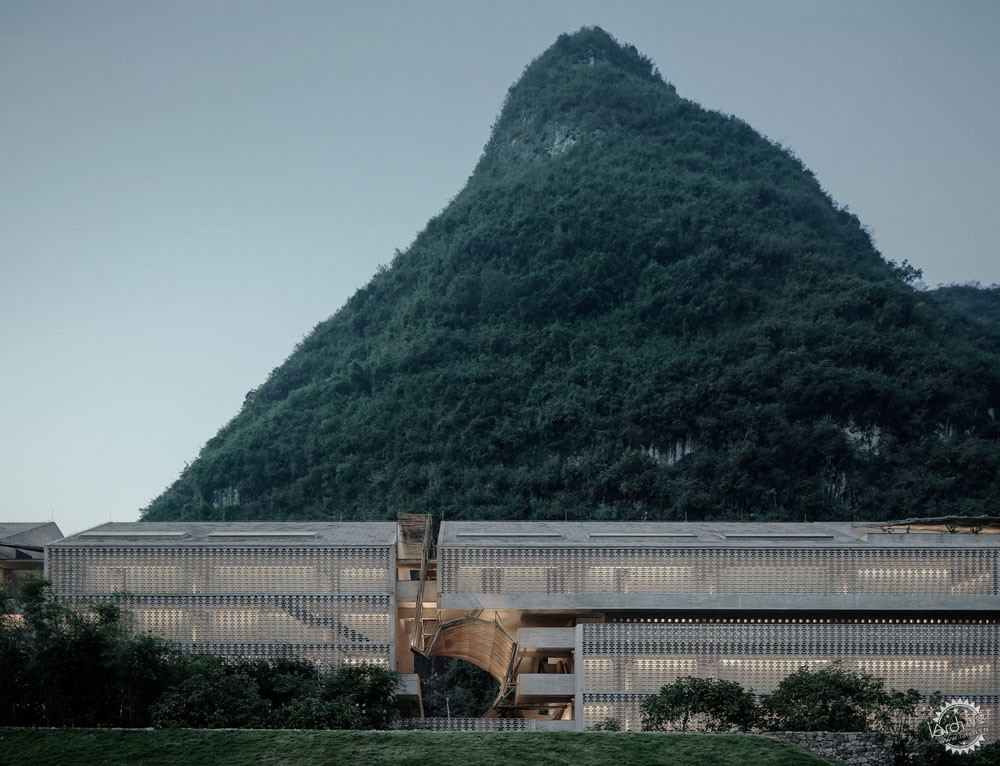
阿丽拉阳朔糖舍酒店|Alila Yangshuo, Guangxi / Vector Architects. Image © Vector Architects, Su Shengliang
Vladimir Belogolovsky(下文称为VB):在过去的十年里,你完成了许多项目,那么你能简要地概括一下吗?
董功:这会有些困难,因为我的作品一直在变化,我对建筑的理解与诠释也在改变。建筑设计的最终目标是什么?这是否是艺术家的个人表现?还是对于使用者的最终回馈?
Vladimir Belogolovsky: You have done a variety of projects over the past decade. Could you summarize what is your architecture about?
Dong Gong: It is actually quite hard because I feel that my work keeps changing. My understanding and interpretation of architecture are changing. What is the ultimate goal – is it a personal expression of an artist or is it about giving back something to the people who will ultimately occupy your spaces?
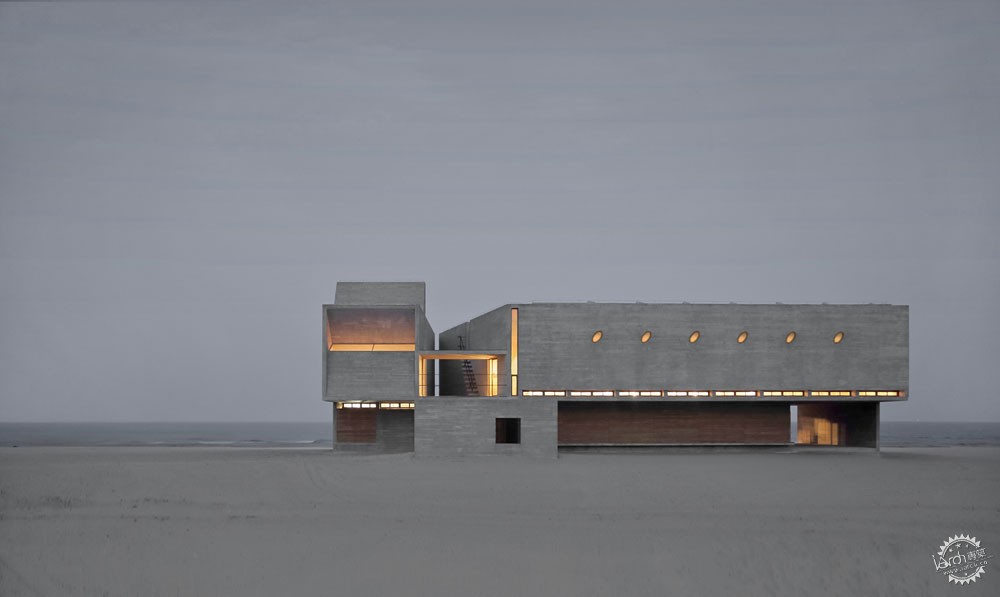
三联书店海边公益图书馆|Seashore Library / Vector Architects. Image © Vector Architects, Chen Hao
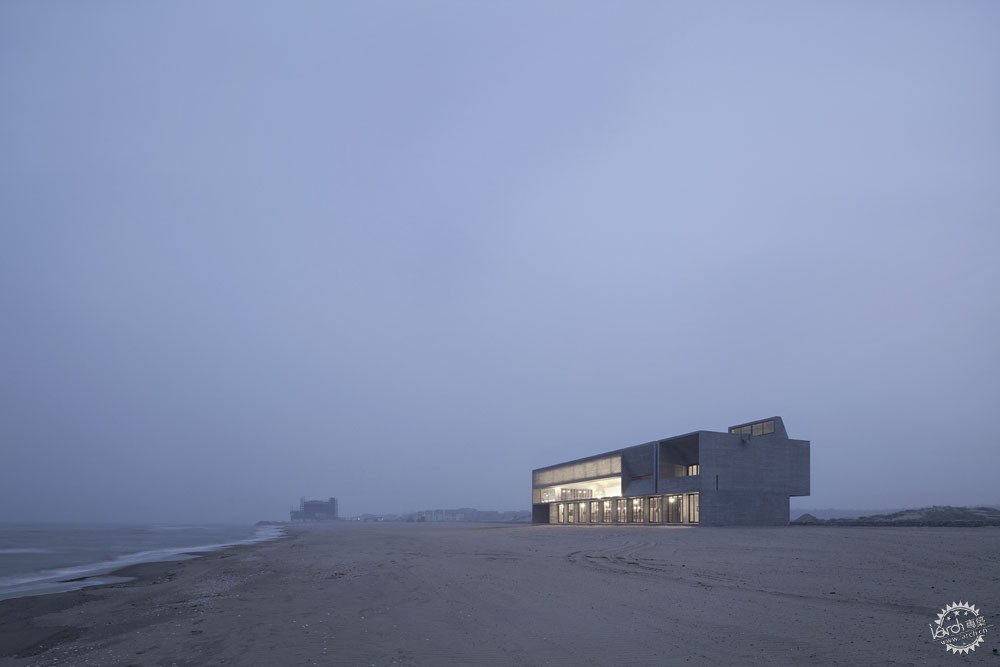
三联书店海边公益图书馆|Seashore Library / Vector Architects. Image © Vector Architects, Chen Hao
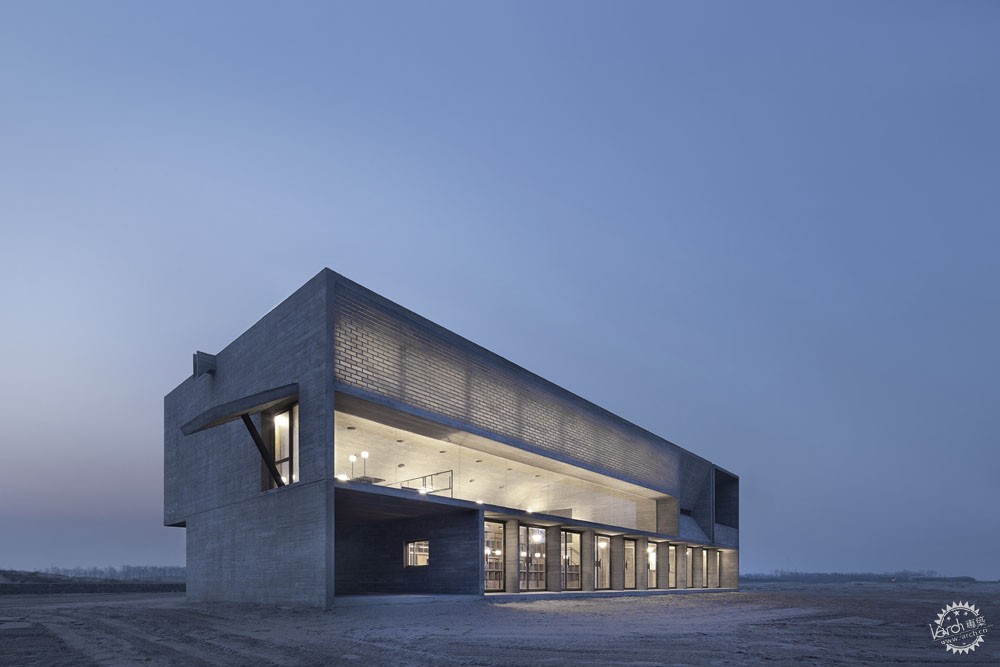
三联书店海边公益图书馆|Seashore Library / Vector Architects. Image © Vector Architects, Chen Hao
VB:那么你找到答案了吗?你觉得建筑只是艺术形式还是对社会需求的回馈呢?
董功:我觉得这二者之间并不矛盾。在以前,我会希望自己在这两个极段的策略之中寻求平衡,我会希望成为一名专注于自己想法的艺术家,满足客户与使用者的需求。
而现在我认为,首先你需要成为一名好建筑师。你需要对自己的所学知识与体验充满自信。但是你同样需要意识到,实现高层次建筑的唯一方法便是将其个性化与情感化,建筑应当成为艺术来对待,艺术家之所以具有社会价值,是因为他所能为社会做出的贡献。一位建筑师同样具有这样的责任,但他需要将他的作品提升到艺术的高度。当然,许多人对这个说法都不以为然,但是我相信这种说法。因为唯一能够与社会和宇宙交流的方式,就是诚实地对待自己。如果你只是单纯地解决需求而已,那么你就太小看建筑了。
VB: Did you solve this dilemma for yourself? Do you treat architecture more as an artform or a tool to respond to society’s pragmatic needs?
DG: More and more I am becoming convinced that there is no contradiction between these two. Before, I had to find my place between these two extreme solutions – being an artist by focusing on my own agenda and addressing the needs of the clients and users.
Now I feel that first, you need to be a good architect. You need to be confident in your knowledge and experience. But then you need to realize that the only way to achieve high-level architecture is by taking it very personally and emotionally. Architecture should be treated as art. An artist by definition has social value because of what he brings to society. An architect has a responsibility but he has to elevate his work to the level of art. Of course, many people criticize this position. But that is what I believe in. Because the only way to be able to communicate with the society and the universe is to be true to yourself. Architecture can be very superficial if you simply address all the immediate needs and pragmatics.
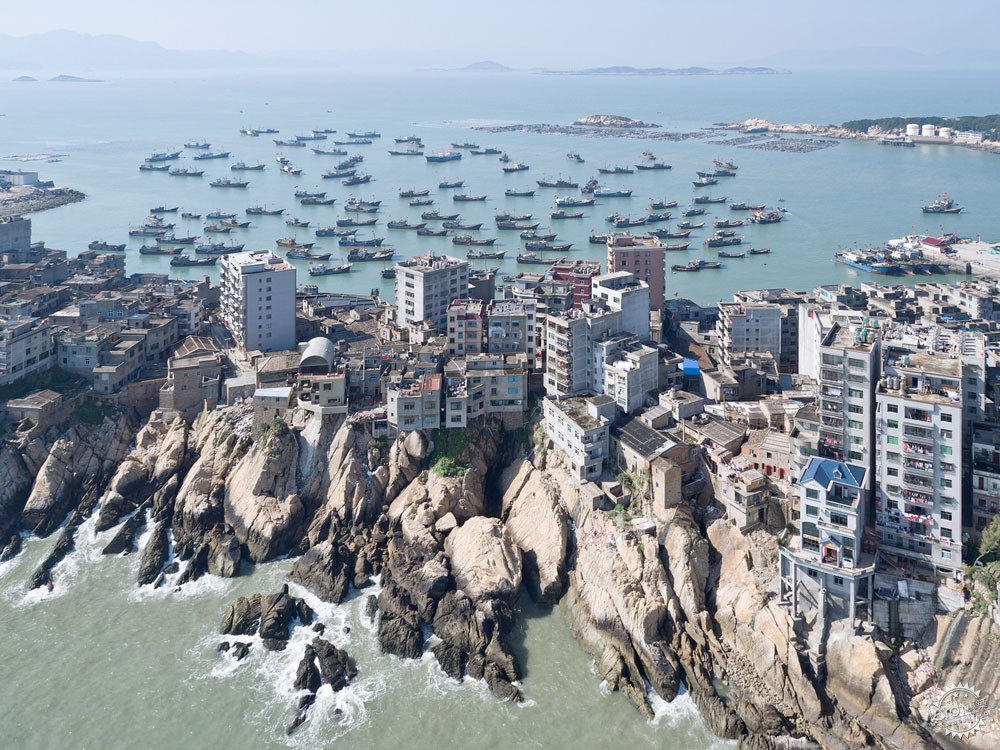
船长之家改造|Captain’s House / Vector Architects. Image © Vector Architects
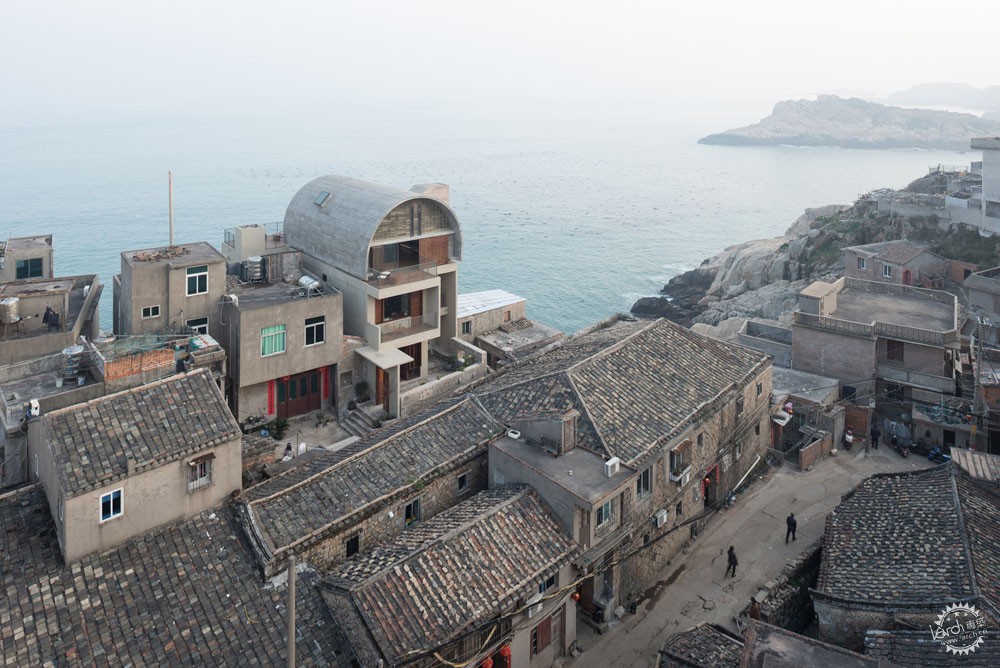
船长之家改造|Captain’s House / Vector Architects. Image © Vector Architects
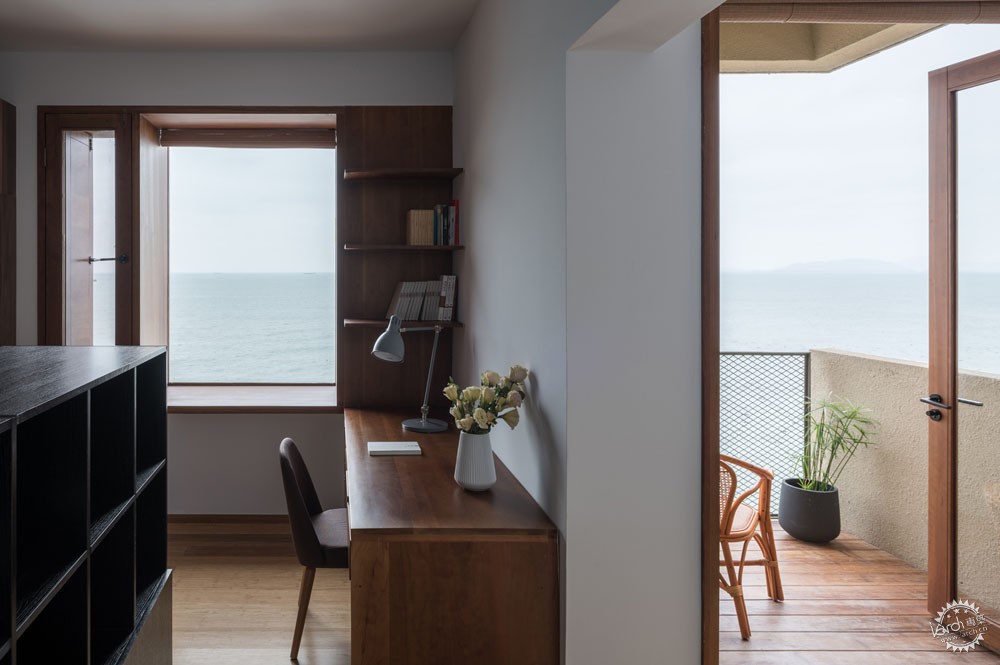
船长之家改造|Captain’s House / Vector Architects. Image © Vector Architects
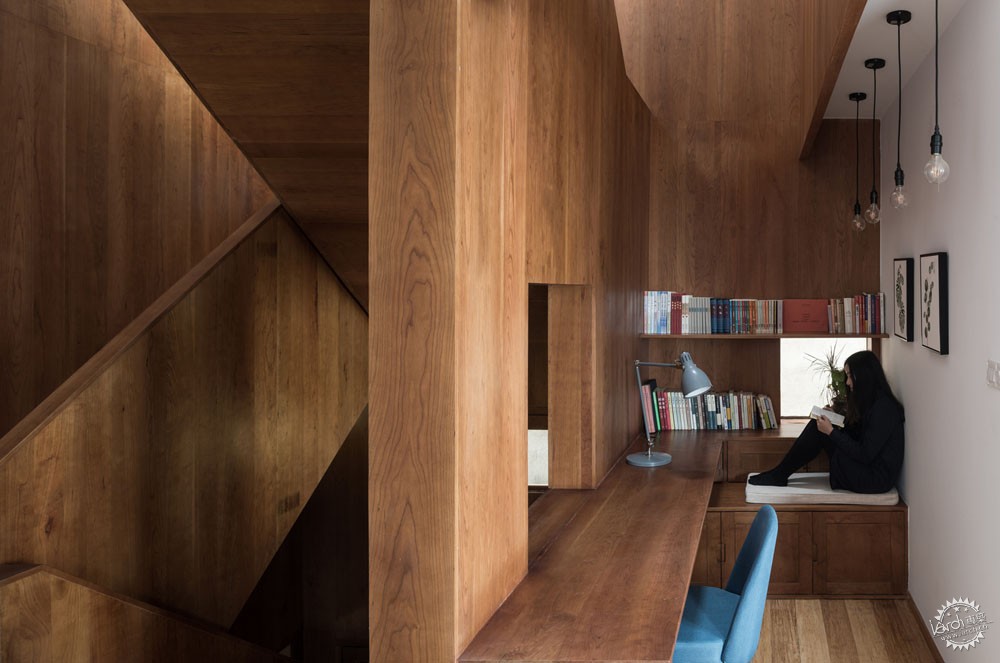
© Vector Architects
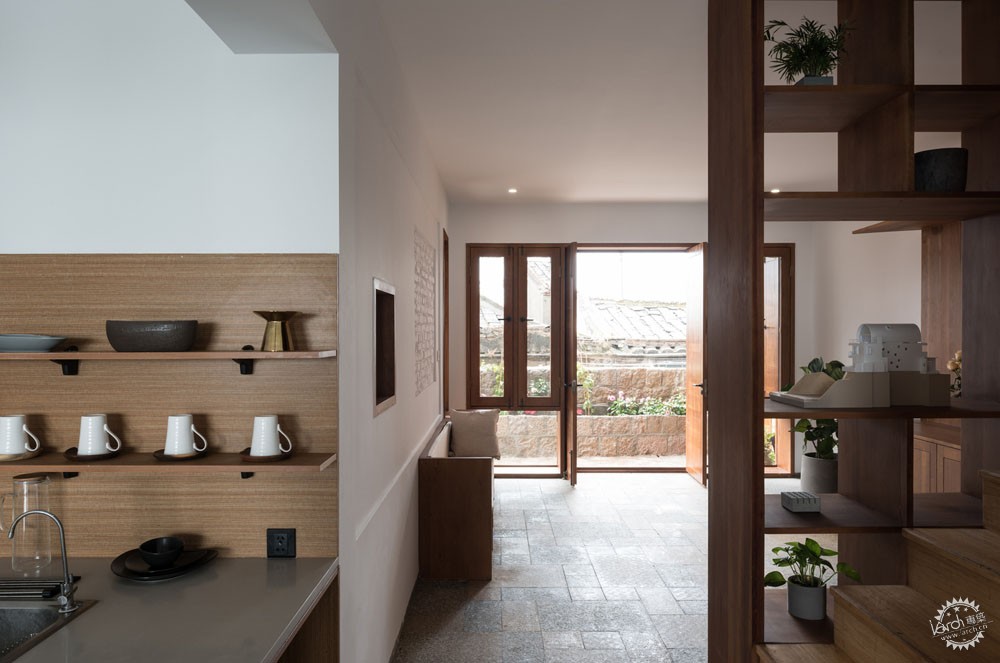
船长之家改造|Captain’s House / Vector Architects. Image © Vector Architects
VB:你的作品规模往往很小。到目前为止,建筑类型似乎仅限于一个特定的范围,例如小酒店、图书馆、社区中心、销售办公室、展览室、小学、教堂等等。你怎么看待这些实践作品呢?关注点是什么?
董功:在中国,有一种建筑类型我会避免接触,那便是多层公寓。这是因为这种建筑无法由建筑师们而决定,开发商反而更具有主导作用。这些高层建筑并非为现实生活而设计,它只是一种商业产品。因此除了此类建筑,其他类型的作品我都愿意接触。但是,刚才所提到的那些项目也不是我的自主选择。事实上,像我们这样的独立事务所,都没有太多机会接触到大规模的公共项目,因为这一类的项目大部分都是由国有设计院来负责设计。因此我们只能不断地进行小项目的设计,这样才能增加项目的规模与类别。这是一条渐进式发展道路,建筑师的知名度越高,那么参加大型项目的机会就越多。因此,我可以推测,在未来的几年里,我们能够见证越来越多的中国先锋派建筑师规模的发展。
VB: The scale of your works tends to be small. Building types seem to be limited, so far, to a particular range – small hotels, libraries, community centers, sales offices, showrooms, an elementary school, and a chapel, among others. How do you see the mission of your practice? What do you focus on?
DG: Here in China, there is one building type that I purposely avoid working on and that is a multistory apartment building. That is because these buildings are not defined by architects but instead, are shaped by market forces that are set by developers. These high-rises are not designed for real life but simply provide a commercial product. So besides that, I am willing to do anything. But unfortunately, the building types you just mentioned were not chosen by us. The truth is that my office and other similar independent offices, we don’t have too many chances to work on bigger scale public projects because most of that work is taken by the huge system of national design institutes. Only by accumulating a number of small projects it is possible to increase the scale and variety of projects. This is a gradual path. The more architects become known the more chances they get to be invited to work on bigger projects. So I can predict that in the next few years we will see an increase of scale for avant-garde Chinese architects.
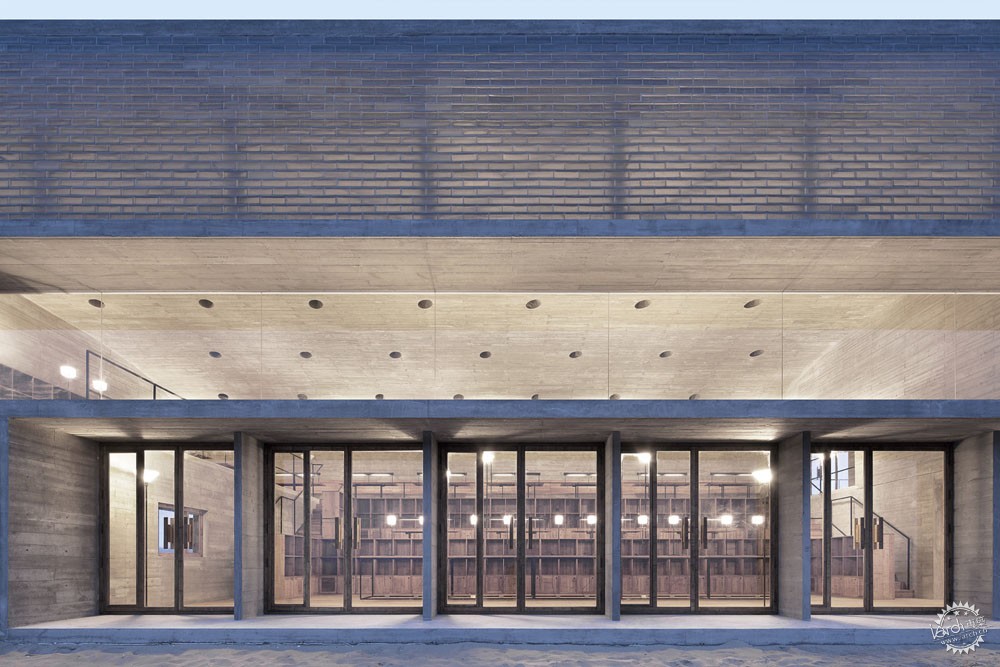
三联书店海边公益图书馆|Seashore Library / Vector Architects. Image © Vector Architects, Chen Hao
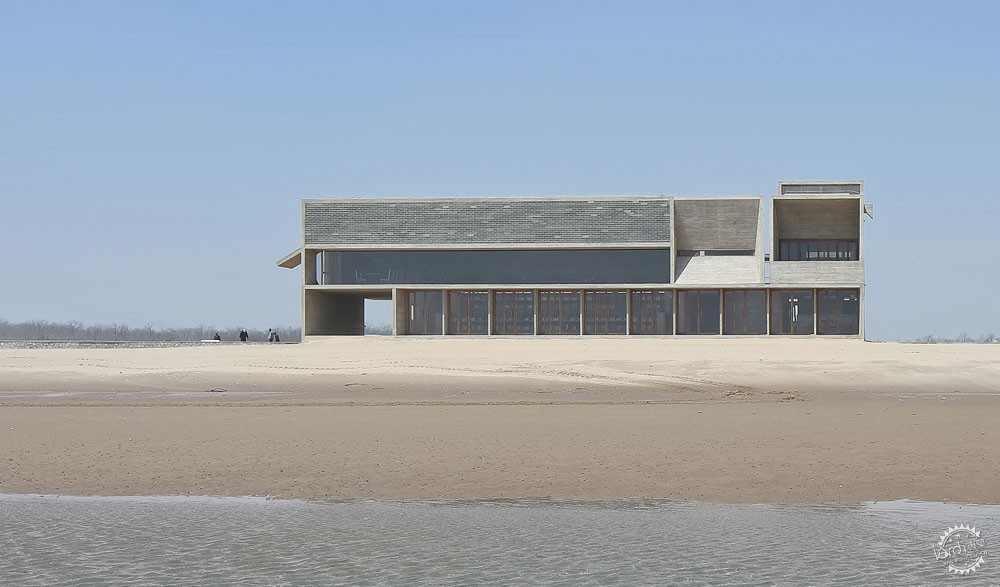
三联书店海边公益图书馆|Seashore Library / Vector Architects. Image © Vector Architects, Chen Hao

三联书店海边公益图书馆|Seashore Library / Vector Architects. Image © Vector Architects, Chen Hao
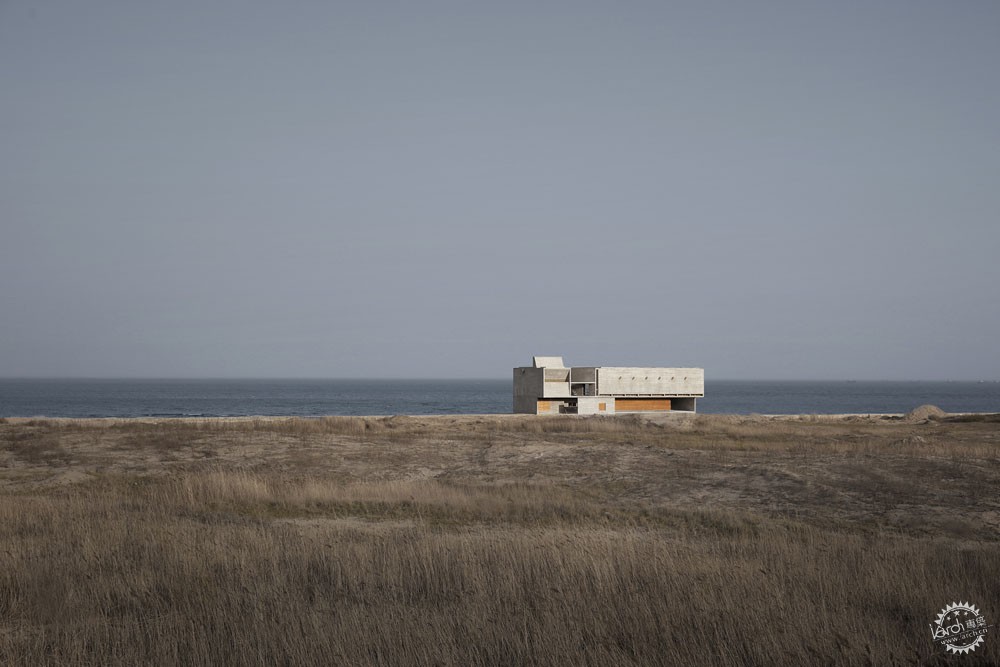
三联书店海边公益图书馆|Seashore Library / Vector Architects. Image © Vector Architects, Chen Hao
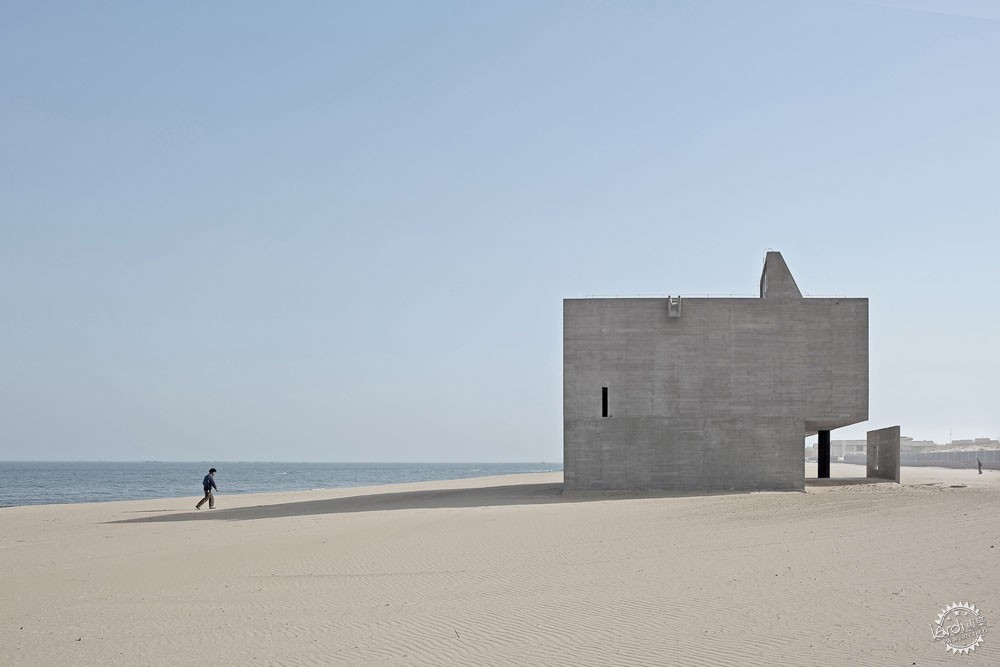
三联书店海边公益图书馆|Seashore Library / Vector Architects. Image © Vector Architects, Chen Hao
VB:你把你的设计过程比作化学反应。你能谈谈项目到项目之间,你最依赖的关键因素是什么?
董功:每个项目对我来说都有是一个痛苦的过程。因为当你刚开始的时候,有太多的未知因素,你对场地、项目了解不够,你也很难想象到未来的空间形态。因此所有问题都很零碎地呈现在你面前,你需要面对解决所有问题。对我而言,解决问题的唯一方法就是肯花时间,一笔一笔地绘制,一点点地建模,这没有捷径。大概花一两个月的时间之后,我才能对项目有所了解,我从来没有经历过那种,只花一个星期就能做出的完美方案。
VB: You compare your design process to a chemical reaction. Can you talk about that? What are the key ingredients that you rely on from project to project?
DG: Every project is a kind of painful process to me. Because when you just start there are so many unknowns – you don’t know enough about the site, program, and you don’t have enough imagination about the potential spatial qualities. So it is bits and pieces of issues that are in front of you. I need to face all the issues. And for me, the only way to find a solution is to spend time by sketching and modeling one option after another. There is no shortcut for this. I have to spend at least four to eight weeks warming up. I never had a project when I would come up with a satisfying solution after just one week of work.
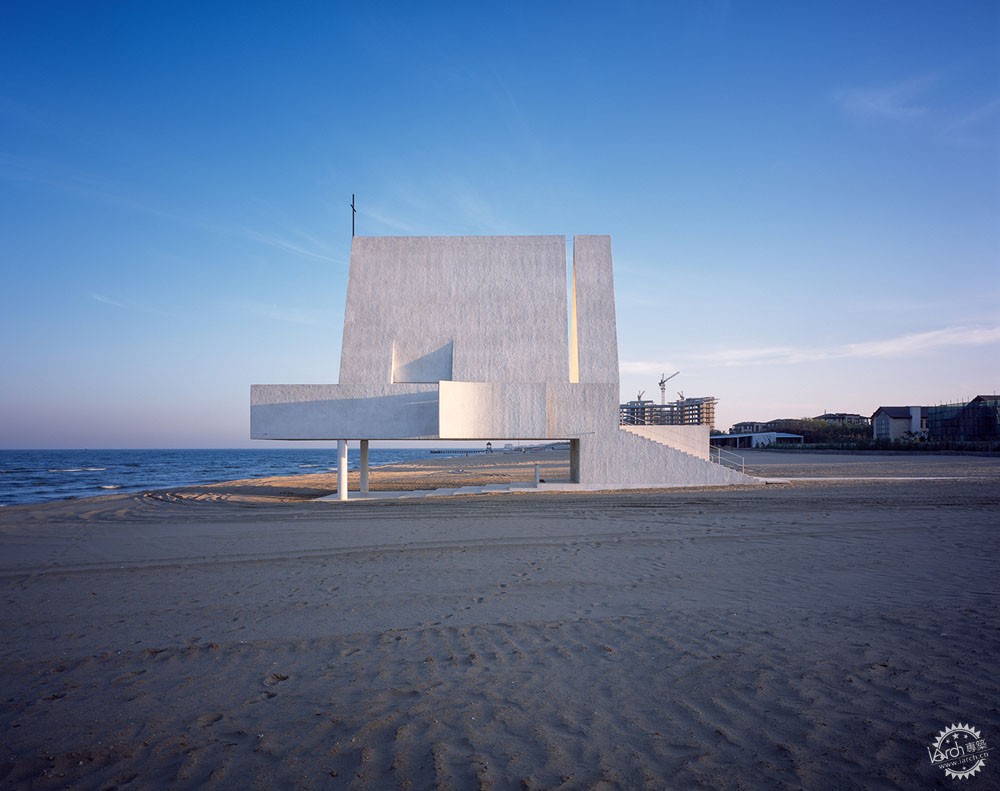
海边教堂——阿那亚礼堂/Seashore Chapel / Vector Architects. Image © Vector Architects, Chen Hao

海边教堂——阿那亚礼堂/Seashore Chapel / Vector Architects. Image © Vector Architects, Chen Hao
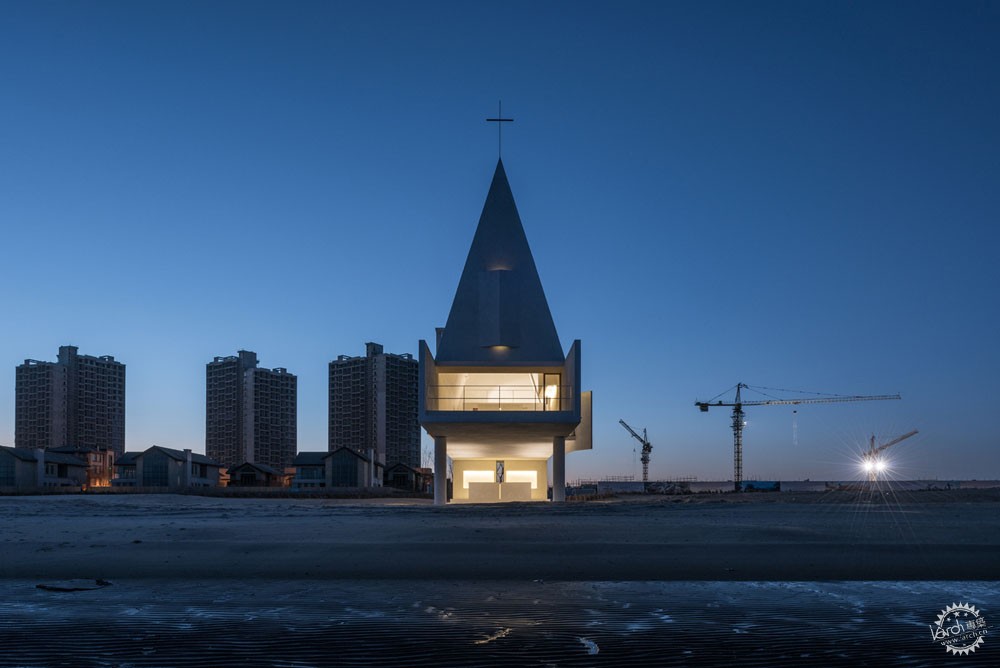
海边教堂——阿那亚礼堂/Seashore Chapel / Vector Architects. Image © Vector Architects, Chen Hao
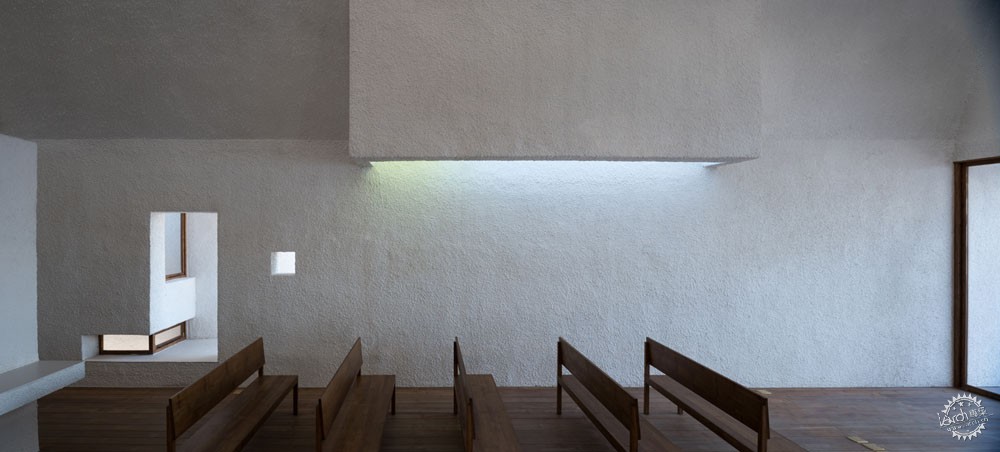
海边教堂——阿那亚礼堂/Seashore Chapel / Vector Architects. Image © Vector Architects, Chen Hao
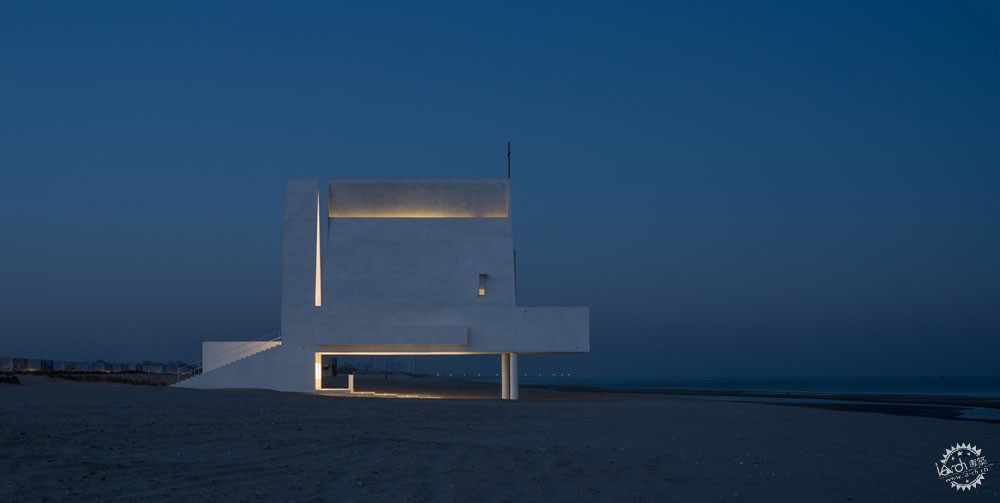
海边教堂——阿那亚礼堂/Seashore Chapel / Vector Architects. Image © Vector Architects, Chen Hao
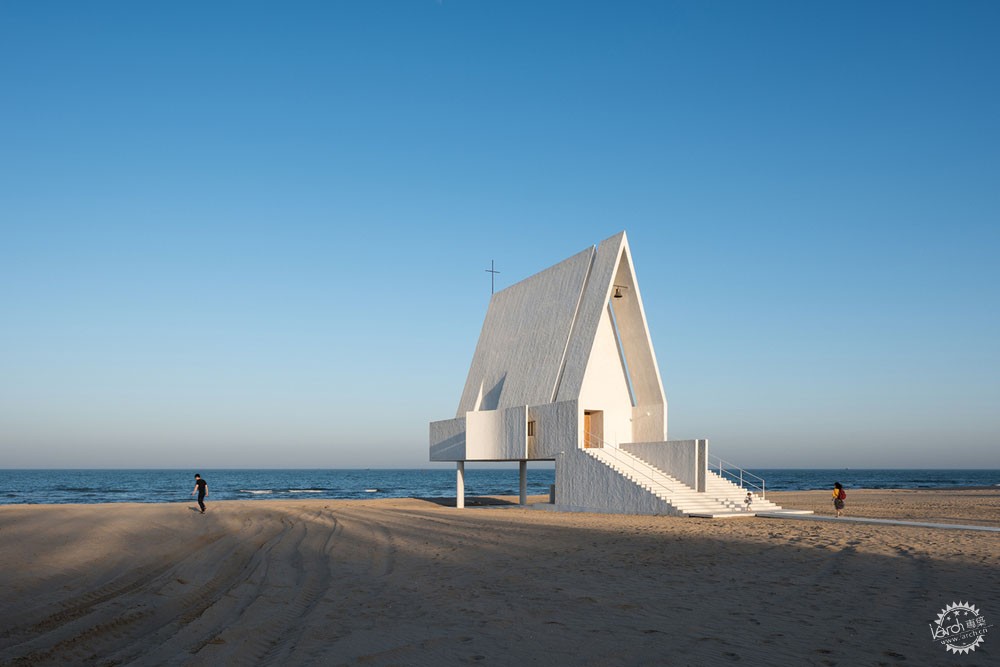
海边教堂——阿那亚礼堂/Seashore Chapel / Vector Architects. Image © Vector Architects, Chen Hao
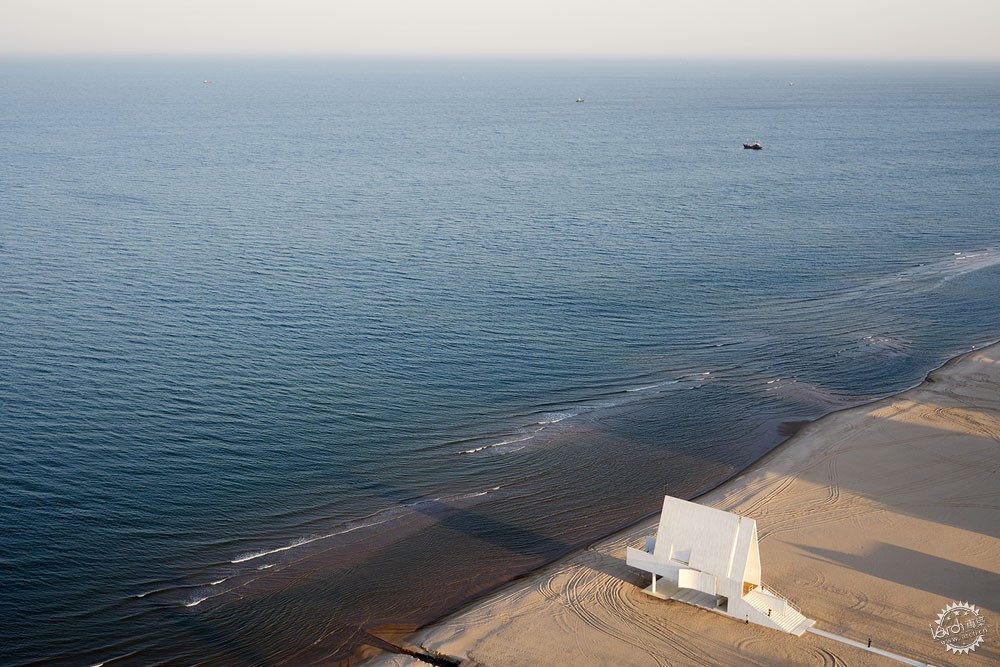
海边教堂——阿那亚礼堂/Seashore Chapel / Vector Architects. Image © Vector Architects, Chen Hao
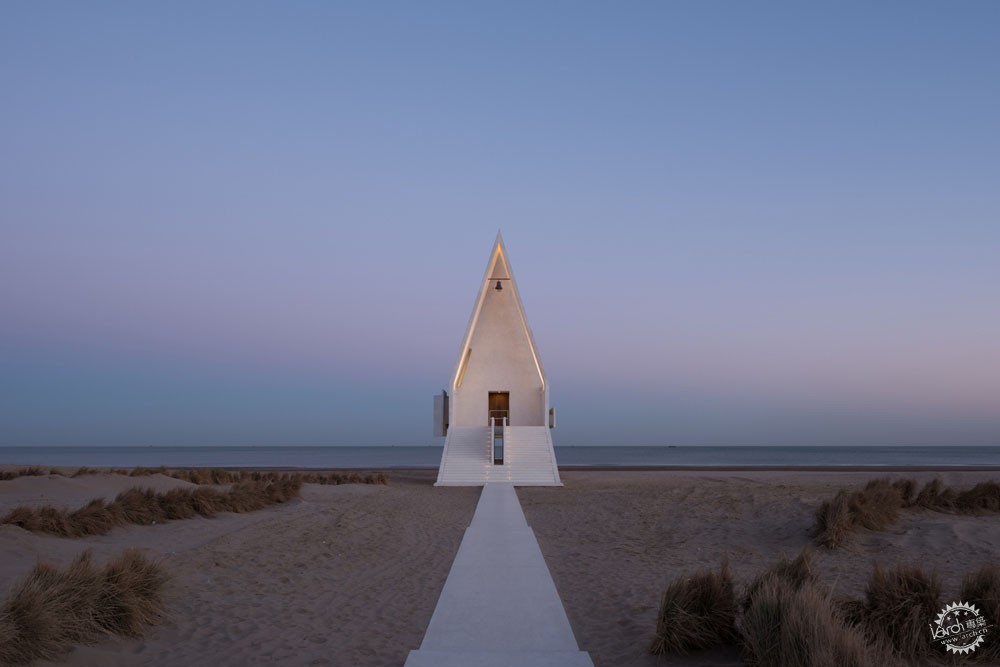
海边教堂——阿那亚礼堂/Seashore Chapel / Vector Architects. Image © Vector Architects, Chen Hao
VB:你的海边教堂看起来非常简单,那么它真的就这么简单吗?
董功:不,它的设计过程也很困难,我们构思了三个不同的方案,其中包括许多草图与模型,一般来讲,经过几个星期之后,很多问题就能迎刃而解,然后会趋向于某个设计方向。这种情况我就称之为化学反应,因为这之后我们就大概知道该如何做方案了,这大概是我们团队的标配吧。因为到了这个时间点,你就会知道这就是方向,然后我们会再进行一些细微的调整。
VB: Your chapel on the beach project seems so simple. Is this simplicity deceptive?
DG: Yes, it was very hard. We did three distinctly different schemes – complete with many sketches and models. But usually, after these many weeks of struggling there is a moment when all questions and issues are dissipating and one particular design emerges. And when that happens, that’s what I call that chemical reaction. Then I know that I found my solution. This has become a standard process for me. When this happens you know that from now on – this is the direction. And then my team joins me to test more minor variations.
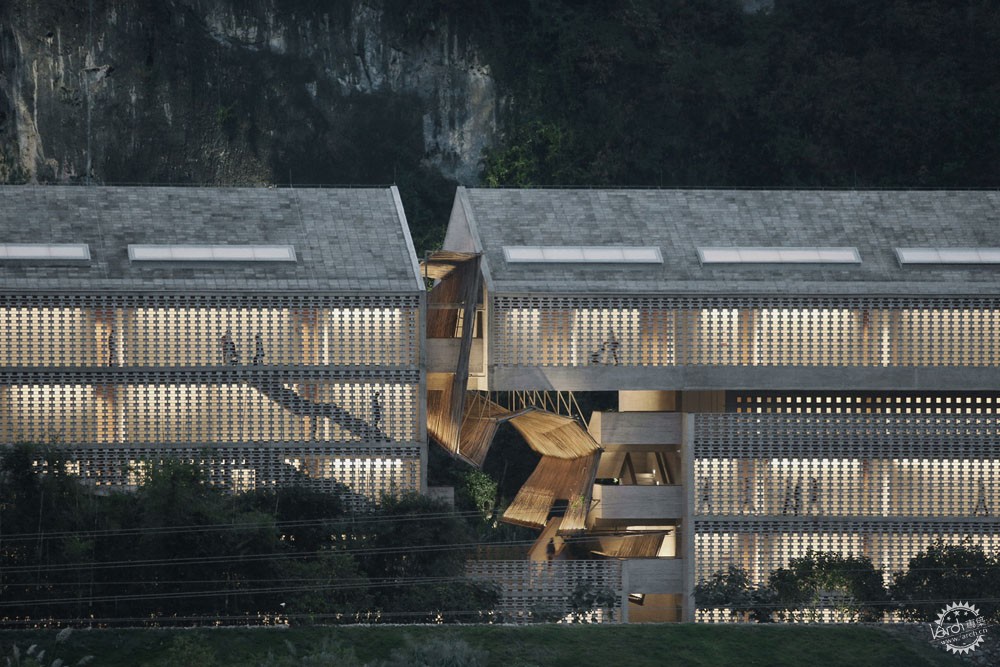
阿丽拉阳朔糖舍酒店|Alila Yangshuo, Guangxi / Vector Architects. Image © Vector Architects, Su Shengliang
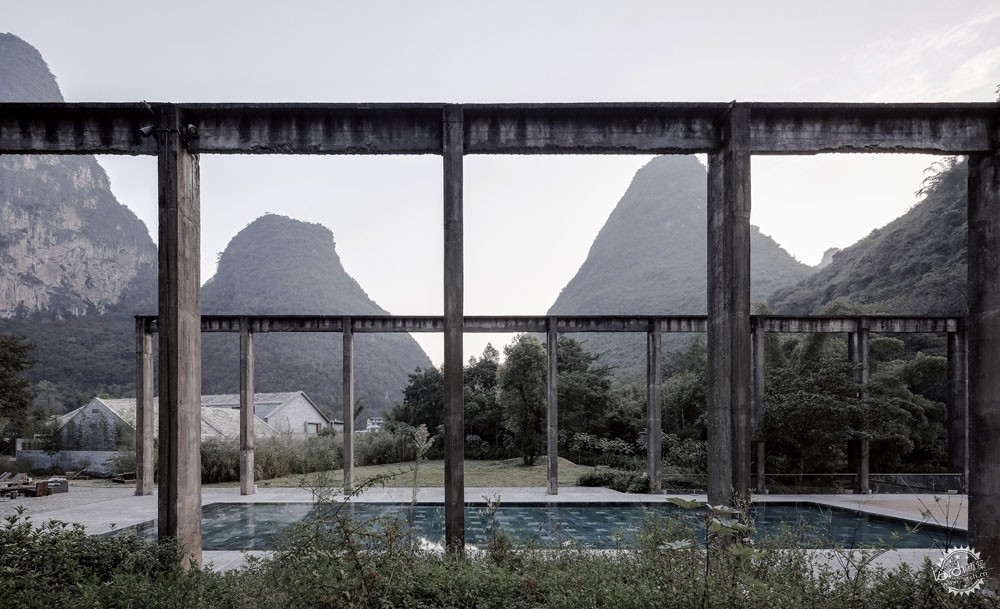
阿丽拉阳朔糖舍酒店|Alila Yangshuo, Guangxi / Vector Architects. Image © Vector Architects, Su Shengliang
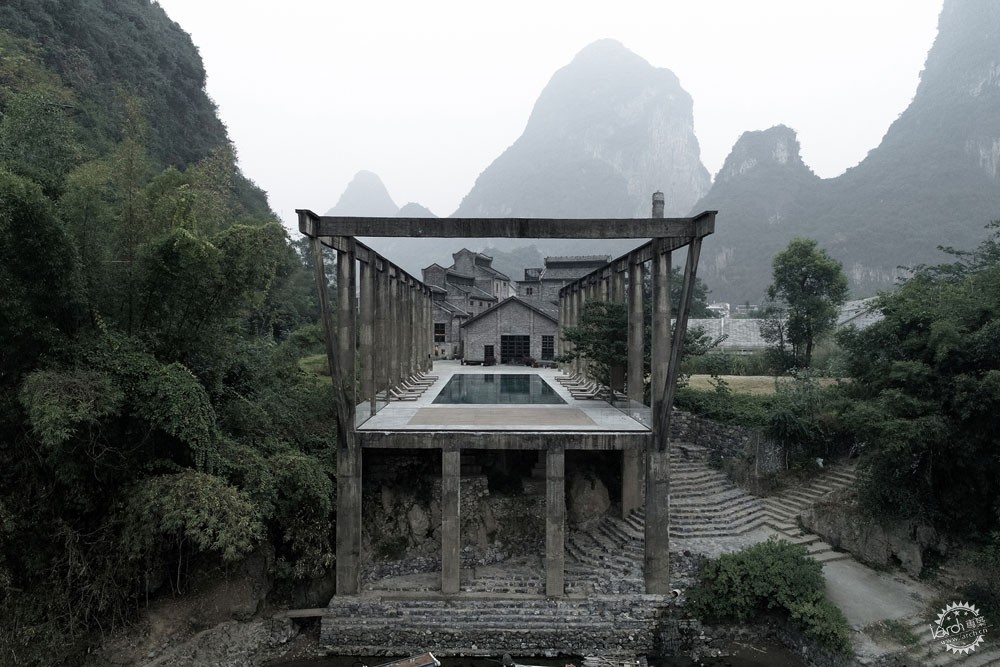
阿丽拉阳朔糖舍酒店|Alila Yangshuo, Guangxi / Vector Architects. Image © Vector Architects, Su Shengliang
VB:那你的灵感一般来源于哪里?
董功:在设计过程中,最为重要的是概念的测试。我不会受困于灵感,这是和自己相处的过程。在我不做设计的时候,我会花很多时间和艺术家和在一起,参观博物馆,或者旅行。在设计过程中,我的脑子会有些激进,或者添加许多个人情感,我甚至不想和其他人讨论。这个过程不仅仅存在于大脑之中,它也存在于整个身体之中,我不需要向别人解释任何事情。
VB: Where do you derive your inspirations from?
DG: During the design process it is mostly about struggling and testing ideas. I don’t get distracted with inspirations. It is really about being together with yourself. But when I am not designing I am simply spending a lot of time with artists, visiting exhibitions, traveling. But during the design process, it is very personal and intense, and I don’t even want to discuss it or talk about it to anyone. This process is not only in my brain but in my entire body. I can feel it. And I don’t need to explain anything to anyone.
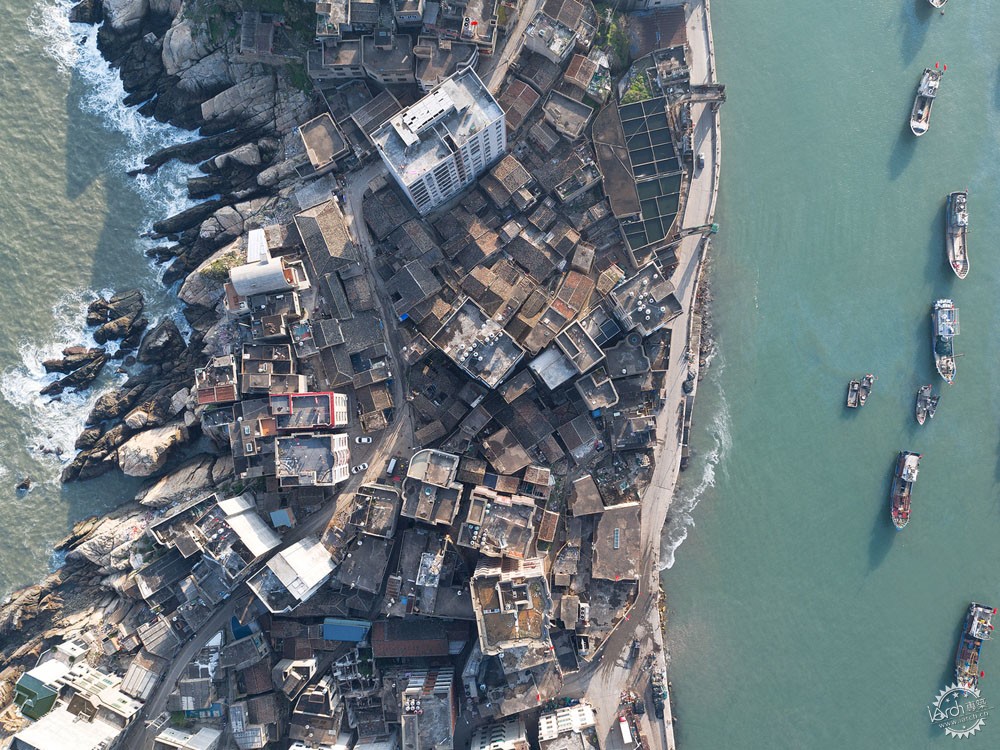
船长之家改造|Captain’s House / Vector Architects. Image © Vector Architects
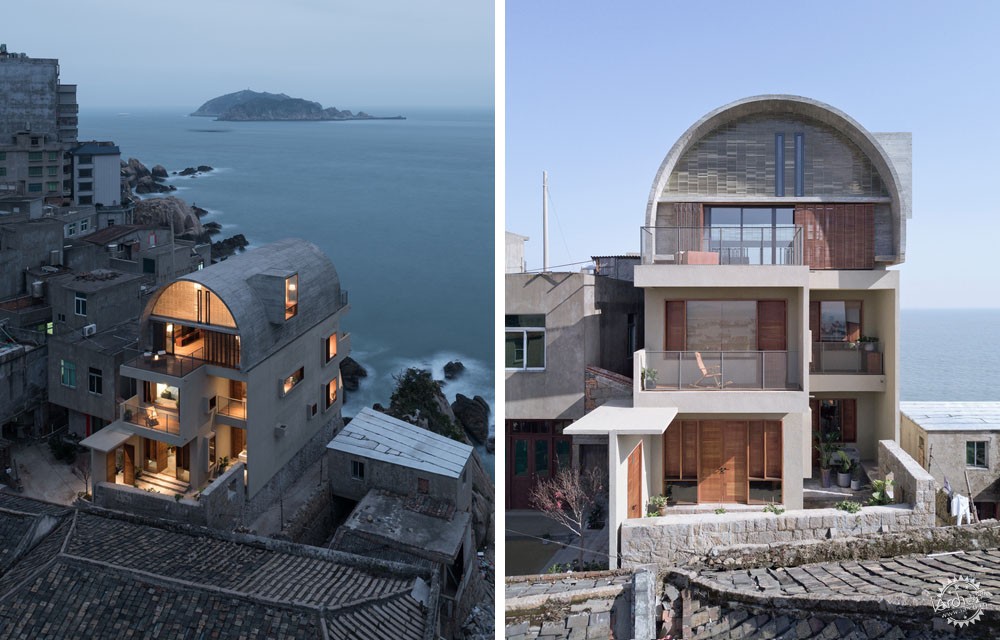
© Vector Architects
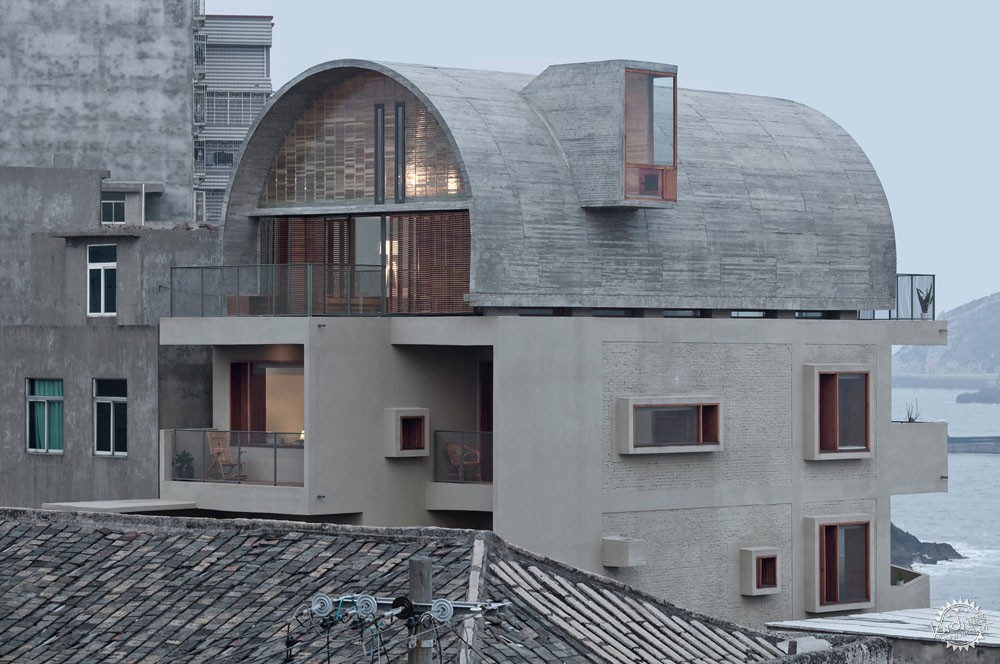
船长之家改造|Captain’s House / Vector Architects. Image © Vector Architects

船长之家改造|Captain’s House / Vector Architects. Image © Vector Architects
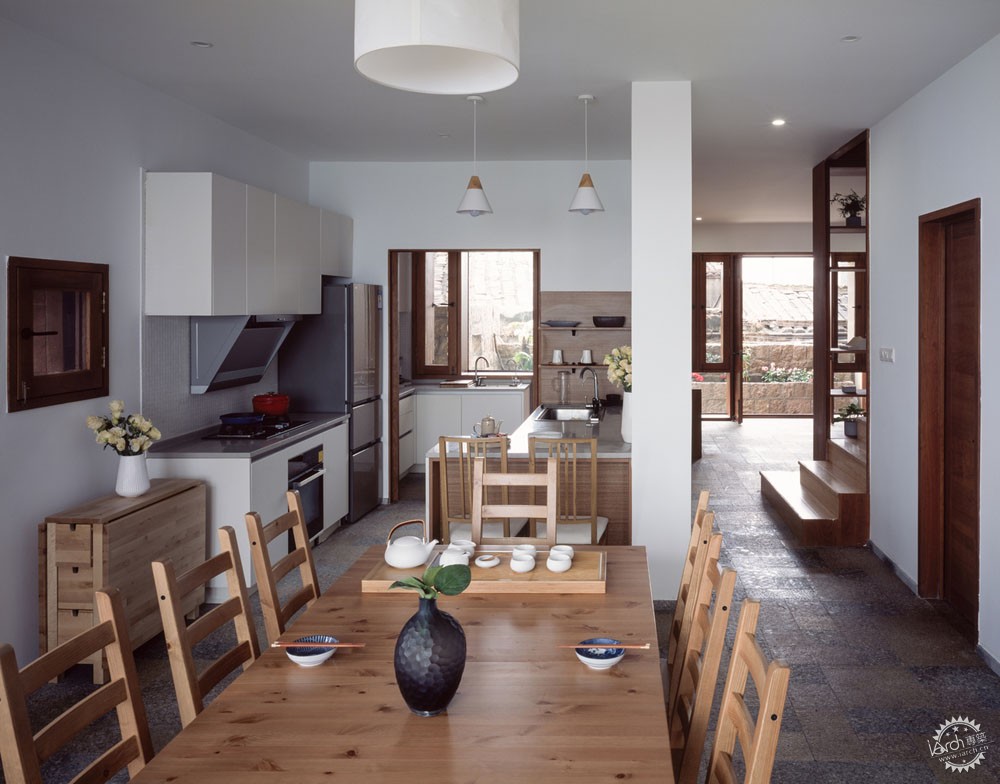
© Vector Architects
VB:在中国,有个词语叫做“功能地域主义(pragmatic regionalism)”,你认为它符合描述吗?
董功:我并不想这样看待我的作品。我认为很重要的问题是,什么才是问题?无论什么时候,我相信永恒的质疑。在如今,许多建筑师认为,更重要的是对场地周边的状态、以及当前最为紧迫的事做出呼应,但是我相信还有更重要的问题需要去解决。这关乎个体、关乎尺度、关乎身体限制、关乎感官。我们可以看一下周围的变化。我们的生活方式随着时间发生了许多改变,但是我们拥有的仍然是同一个身体,因此有一些概念仍然不变,我们的身体与世界仍然有着固定的联系。但是无论我怎么说,建筑都在改变,但是我相信,我们仍然能够在建筑的核心价值和现代世界之中寻求平衡。建筑由两个体系共同构成,内核是对永恒价值的回应,外表是对所有变化的回应。这就是建筑的力量,无论你的生活方式如何,你都要回答这些疑问,即你如何生活? 作为人类是什么感觉?这些都是非常基本的问题,建筑能够在其自身的层面上来回答这些问题,比如什么是人性?人类与世界有着怎样的关系?
VB: Here in China, I heard this term “pragmatic regionalism” a number of times. Do you think you fit into this description at all?
DG: I don’t want to see my work this way. I think the important question is this – what is the problem? I believe in questions that are eternal, no matter what is the time we are living in today. So many architects think today that it is more important to respond to whatever is going on immediately around the site and other most pressing concerns that we have at this moment. But I believe there are more important issues that we need to address. It is very fundamental – it is about your body, your scale, your physical limitations, and senses. Look at all the changes around us. Our way of life changed so much over time, but our body is still basically the same. So there are some constant values that don’t change. There are certain constant relations of our body to the outside world. Of course, architecture has changed despite what I am saying, but I believe in achieving a balance between these core values and our modern world. Architecture is made up of two entities – inner core that responds to the eternal values and the outer skin that responds to all the changes. That’s the power of architecture – no matter when you live you always have to answer these questions – how do you live? What is it like being human? These are very basic questions and architecture has the power to answer them on a very personal level. What is humanity? What is the relationship between the human and the world?
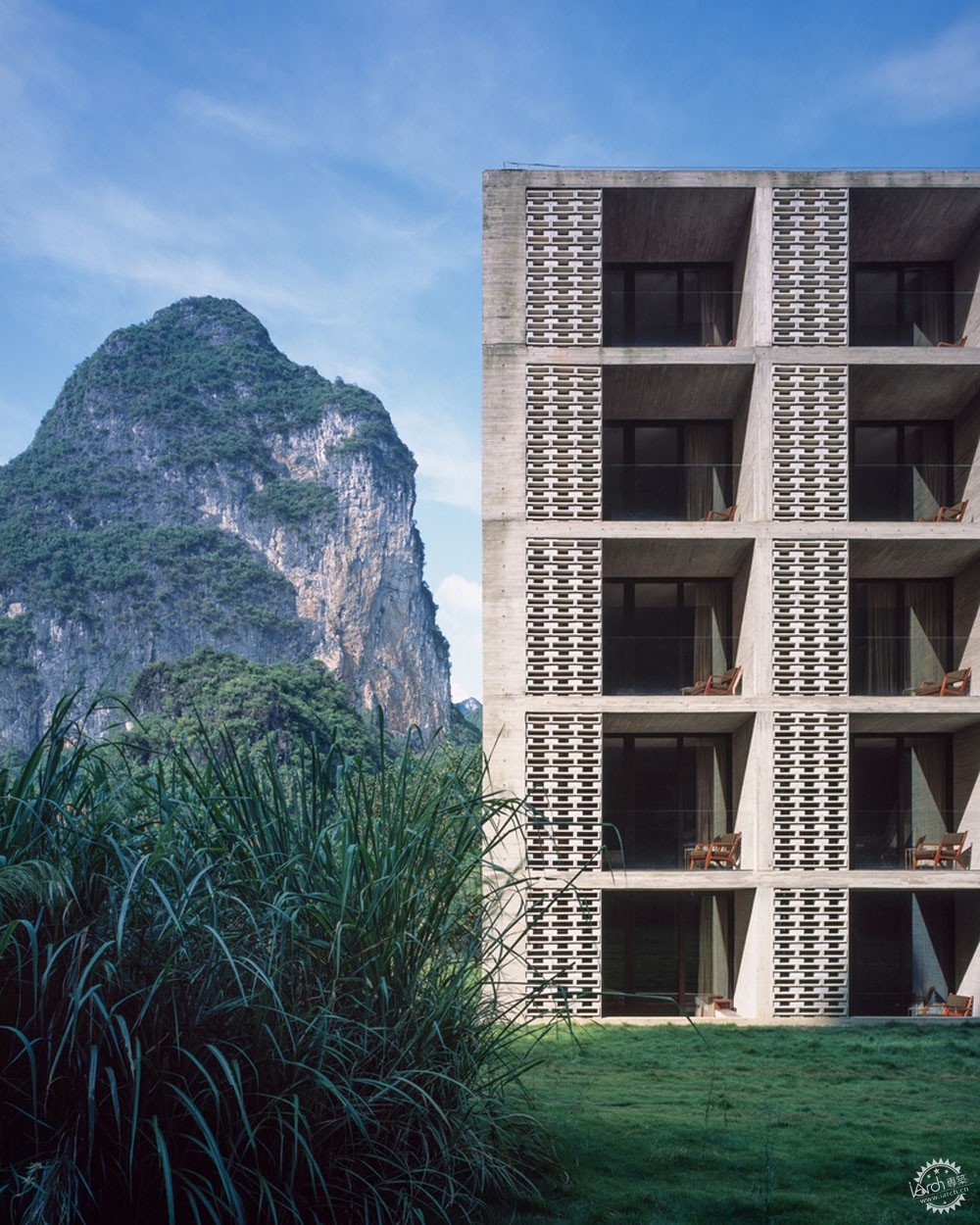
阿丽拉阳朔糖舍酒店|Alila Yangshuo, Guangxi / Vector Architects. Image © Vector Architects, Chen Hao
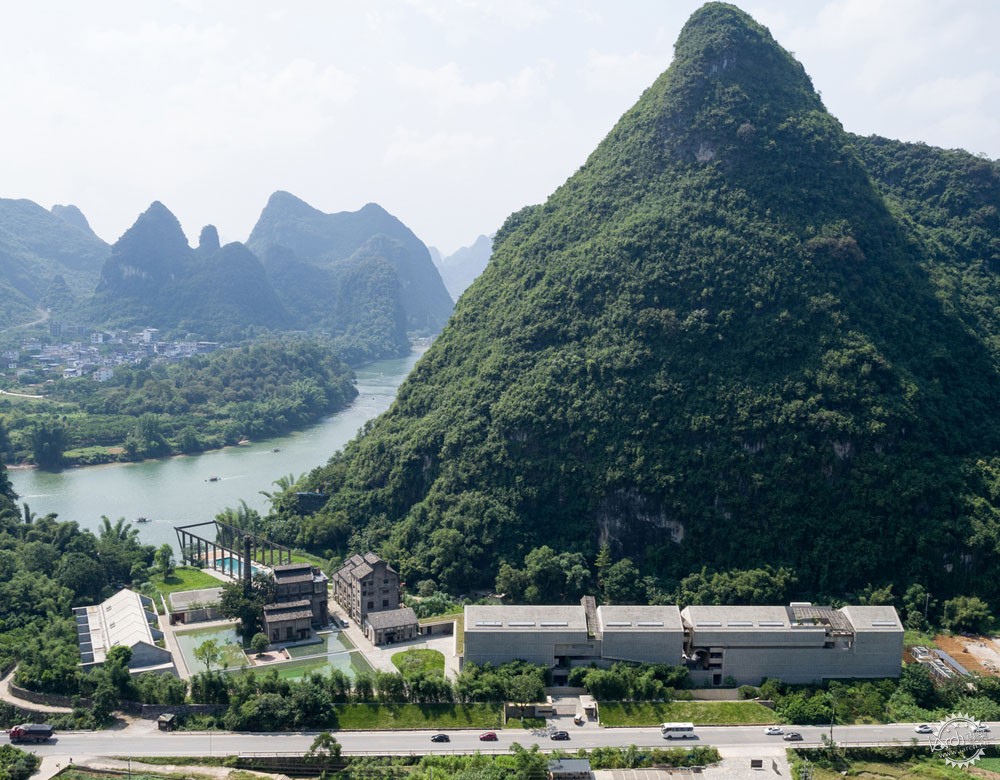
阿丽拉阳朔糖舍酒店|Alila Yangshuo, Guangxi / Vector Architects. Image © Vector Architects, Chen Hao
VB:对你而言什么是好建筑?
董功:好建筑应该让人感受到亲切。这非常重要,这也是当代许多建筑所缺乏的内容。无论建筑的外观多么好华丽,如果它不会让你产生共鸣,它就都是一座冷冰冰的个体。在这种亲密关系之中,应该保留有一定的空间,这个空间是让人的精神所到达的境界。如果能够达到这种有趣的平衡,那么这就是好建筑。另外,建筑也不应该过于高高在上,其实有很多好作品的案例,比如罗马万神庙和卒姆托设计的布列根兹美术馆,它们的建造时间不同,但我认为这并不重要。建筑的结构需要结合特定的技术,但有时也需要超出一些限制而寻求解决方案,例如材料、地心引力、环境等等,在这样的一个空间中,我似乎能够和建筑师产生交流,那重点就在这里。
VB: What is a good building for you?
DG: A good building should provide a feeling of intimacy. That’s very important and this is what so many contemporary buildings lack. No matter how gorgeous a building may be, if you don’t feel a part of it, it is very cold. And within this intimacy, some space should be left to allow for a kind of spiritual connection to the place. If that intriguing balance is achieved that for me is a good building. It is important not to go too far and not to turn a building into a spectacle. There are quite a few good examples. But the two that jump immediately into my mind – the Pantheon in Rome and the Kunsthaus Bregenz in Austria by Peter Zumthor. They were built at different times but I don’t think that matters. Architecture needs to deal with the limitations of the technology of a particular time. It needs to come up with an intelligent solution that goes beyond these limitations. The materials, forces of gravity, atmosphere… When I go to such spaces it seems that I can talk to the architect in person. The message is there.
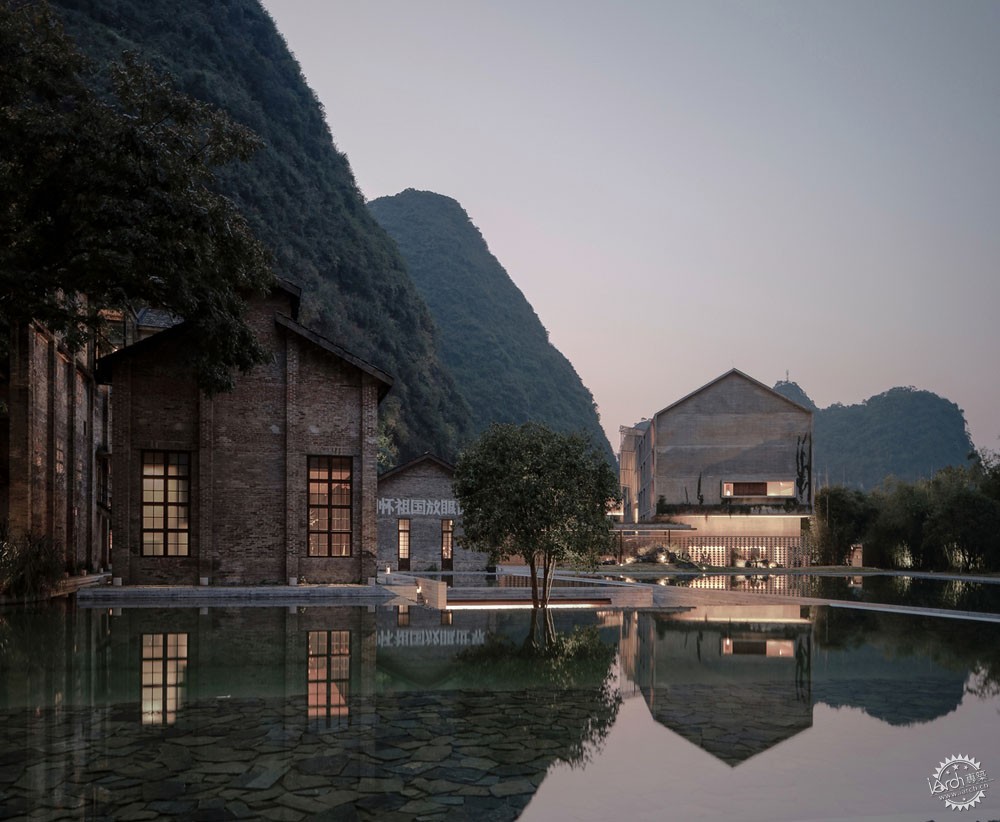
阿丽拉阳朔糖舍酒店|Alila Yangshuo, Guangxi / Vector Architects. Image © Vector Architects, Su Shengliang
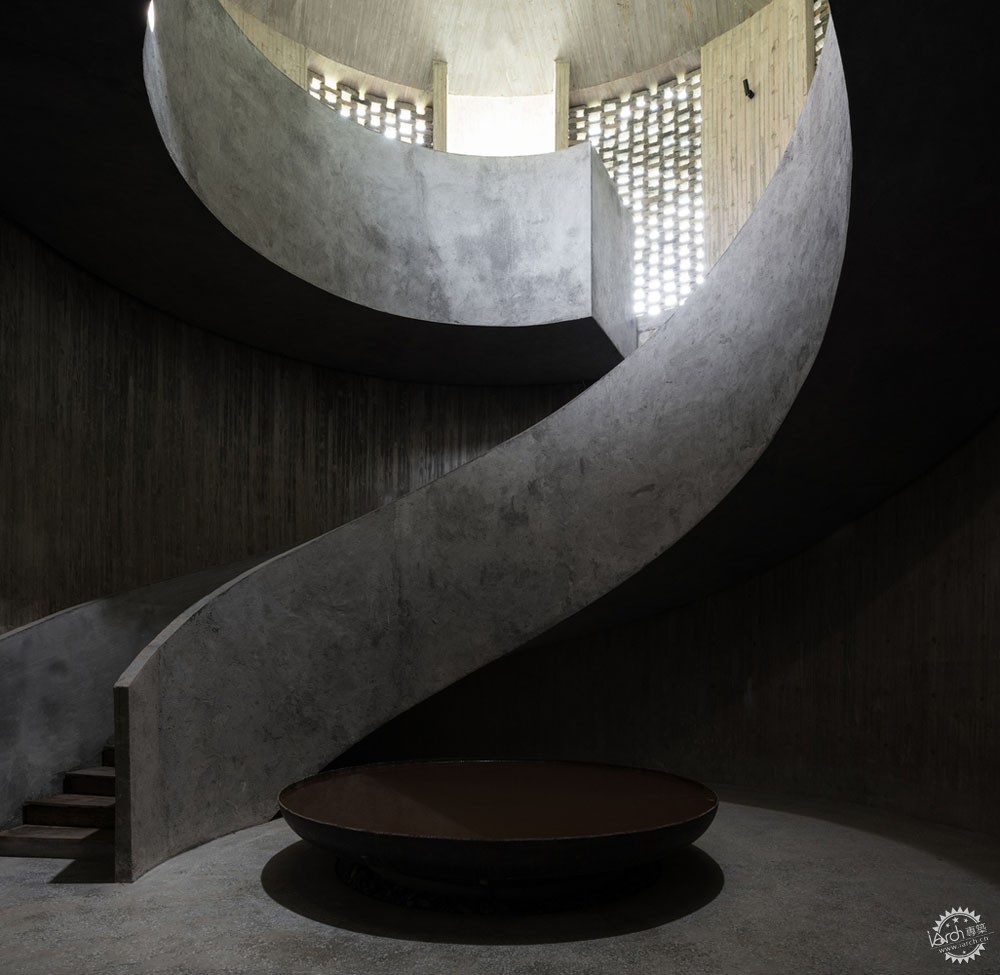
阿丽拉阳朔糖舍酒店|Alila Yangshuo, Guangxi / Vector Architects. Image © Vector Architects, Chen Hao
VB:我有幸参观了你设计的桂林附近的Alila(阿丽拉)阳朔糖舍酒店,这里十分美丽。我唯一的疑问是,好像在新旧事物之间,是否缺乏了一些张力?整体成果有些模糊,你是把这个项目当做现代场所来设计吗?就你而言,现代建筑在历史上是否有意义呢?
董功:我不了解为什么你坚持要在“历史”与“现代”之间寻求张力。我喜欢“模糊”这个词。对我来说,建筑设计的目标是在现有工业结构以及周围特色喀斯特山峰和漓江之间追求和谐的氛围,我会把它们共同当做全新的场所。
VB: I had a chance to visit your Alila Yangshuo hotel near Guilin. Unquestionably, it is a seductively beautiful place. The only thing I would question is a lack of tension between what is new and what is old there. The result is somewhat ambiguous. Do you see this project as a contemporary place? What, in your view, is the role of contemporaneity in architecture when it engages history?
DG: I am not quite sure why you insist on having “tension” between “historical” and “contemporary.” I like the word “ambiguous.” For me, the ultimate design goal of this architectural intervention is to pursue an atmospheric harmony with the existing industrial structures, as well as the surrounding characteristic karst peaks and the Li River. I think of all of them together as a new place.
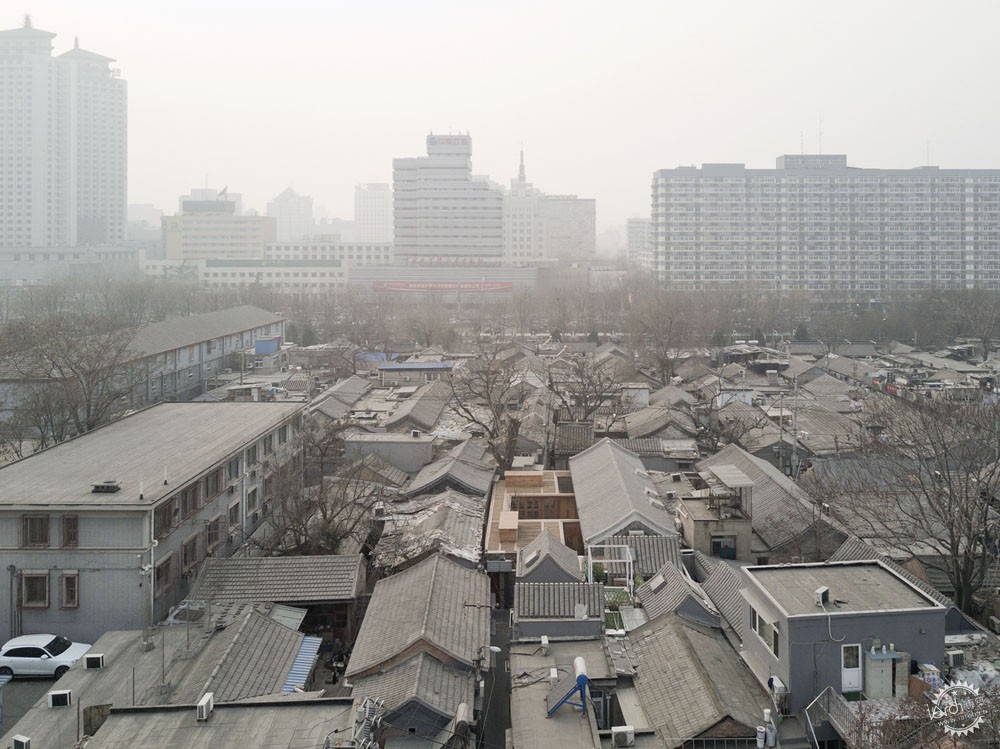
北京混合院|Courtyard Hybrid / Vector Architects. Image © Vector Architects
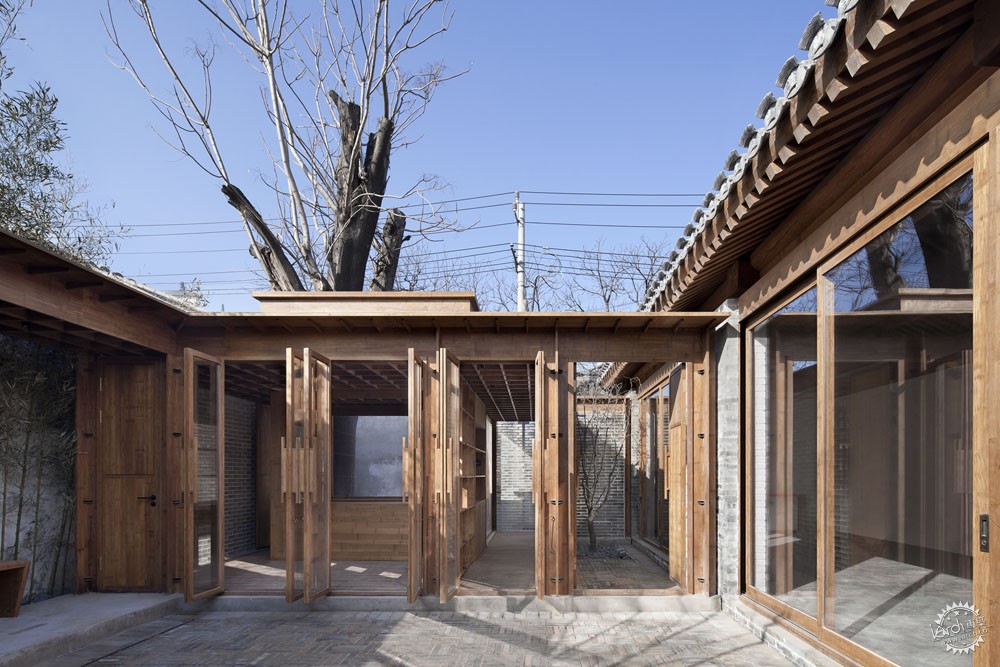
北京混合院|Courtyard Hybrid / Vector Architects. Image © Vector Architects
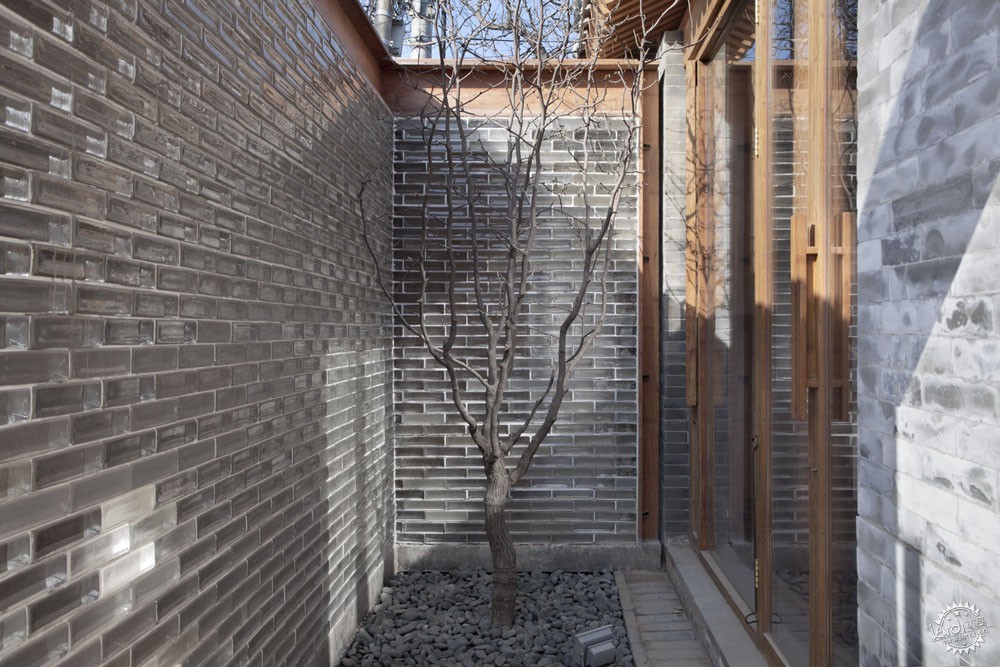
北京混合院|Courtyard Hybrid / Vector Architects. Image © Vector Architects
VB:那你会用哪些词汇来描述你的作品呢?
董功:边界——超出边界、限制——不受限制、黑暗——光明、有限——永恒、重——轻。我被这些矛盾的对立面所吸引,这就是人性的本质。但是我在寻找合适的表达方式时,也许会迷失方向。因为感觉很难表达清楚。
VB: What single words would you use to describe your architecture?
DG: Boundary – beyond boundary. Limitation – beyond limitation. Dark – light. Time – timeless. Weight – weightless. I am intrigued by these paradoxical opposites. This is what ultimately humanity is about. But I get lost when I am looking for the right words. Feelings are very imprecise.
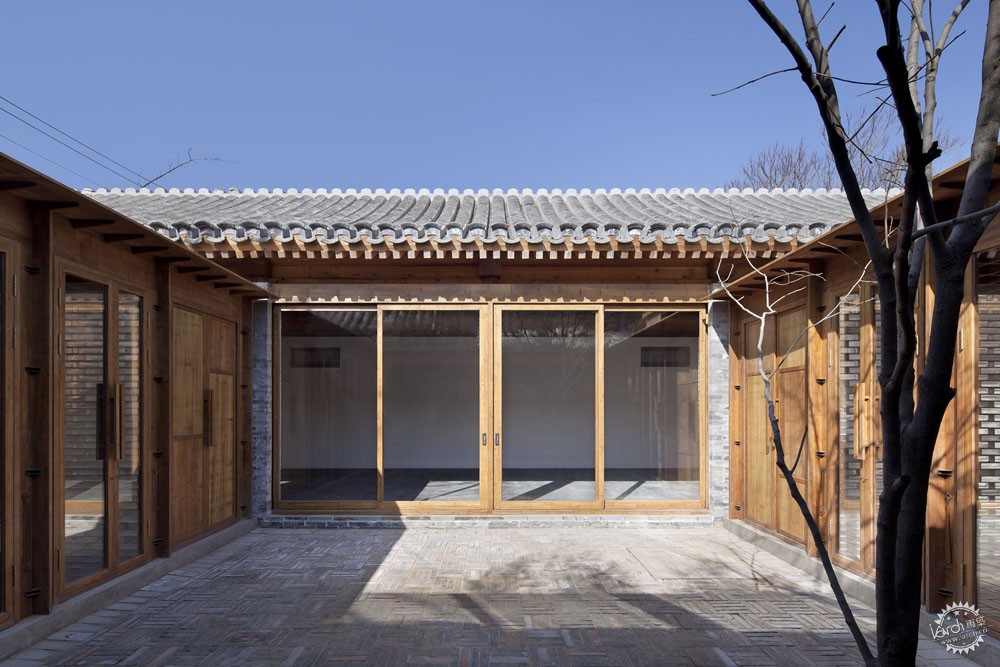
北京混合院|Courtyard Hybrid / Vector Architects. Image © Vector Architects
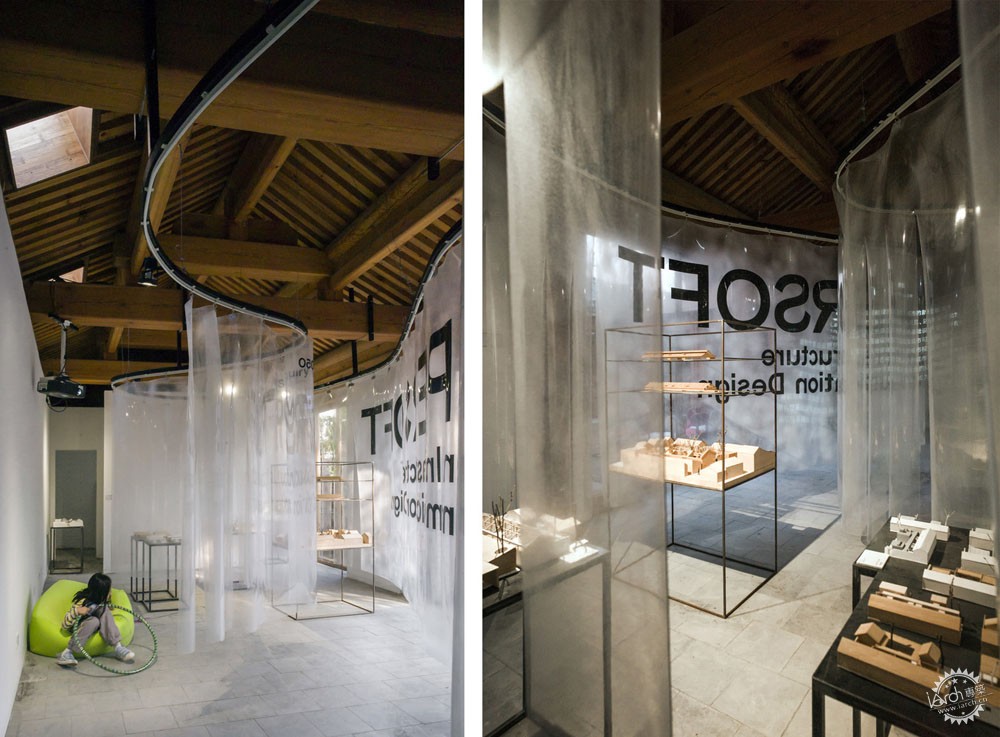
北京混合院|Courtyard Hybrid / Vector Architects. Image © Vector Architects
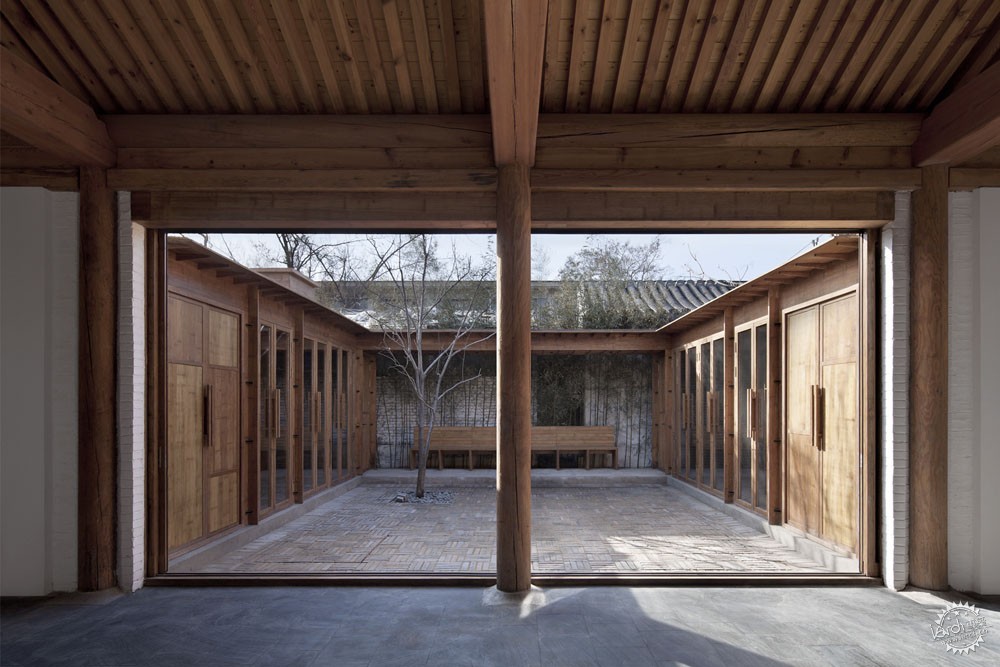
北京混合院|Courtyard Hybrid / Vector Architects. Image © Vector Architects
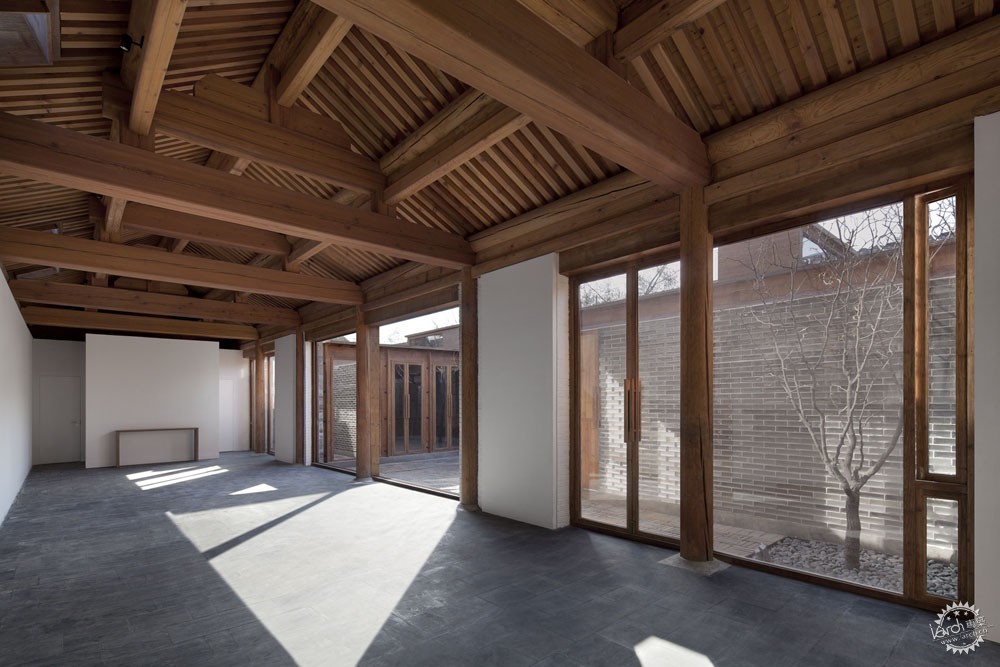
北京混合院|Courtyard Hybrid / Vector Architects. Image © Vector Architects
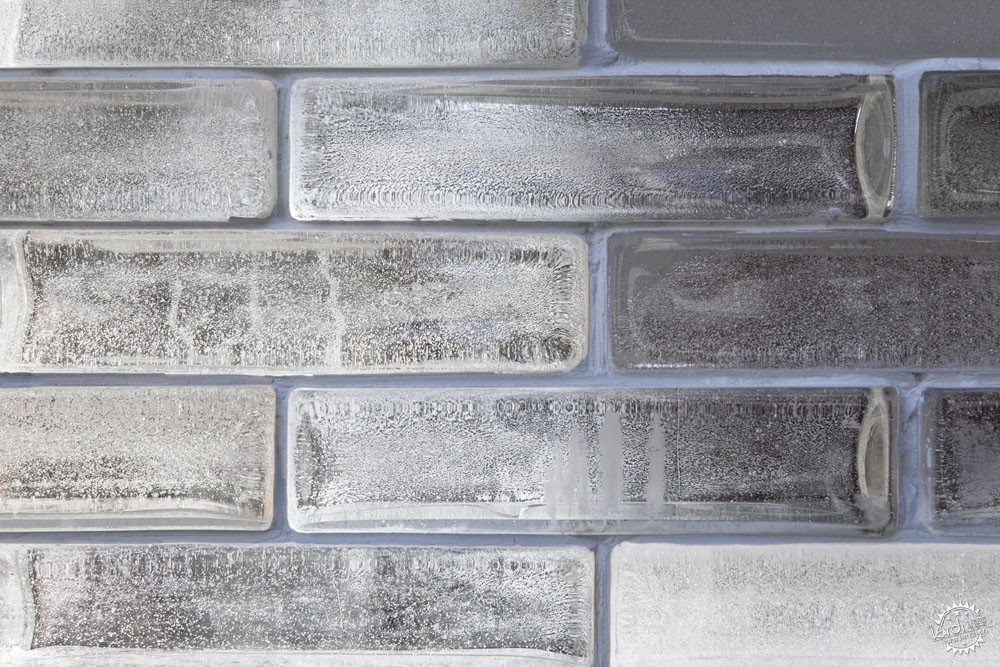
北京混合院|Courtyard Hybrid / Vector Architects. Image © Vector Architects
|
|
